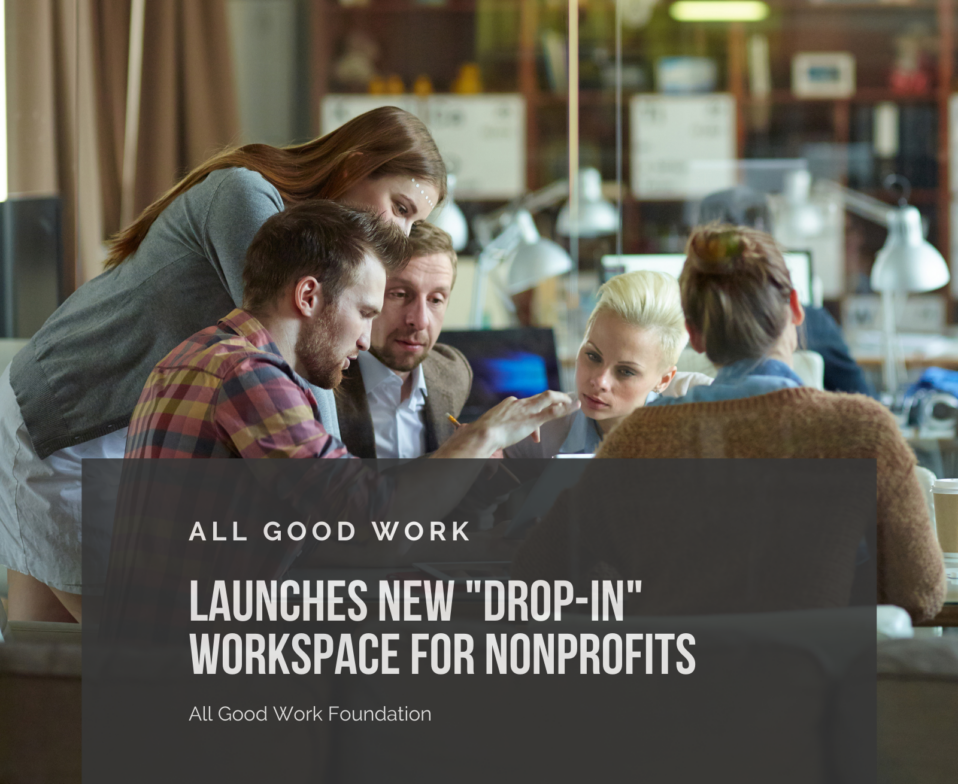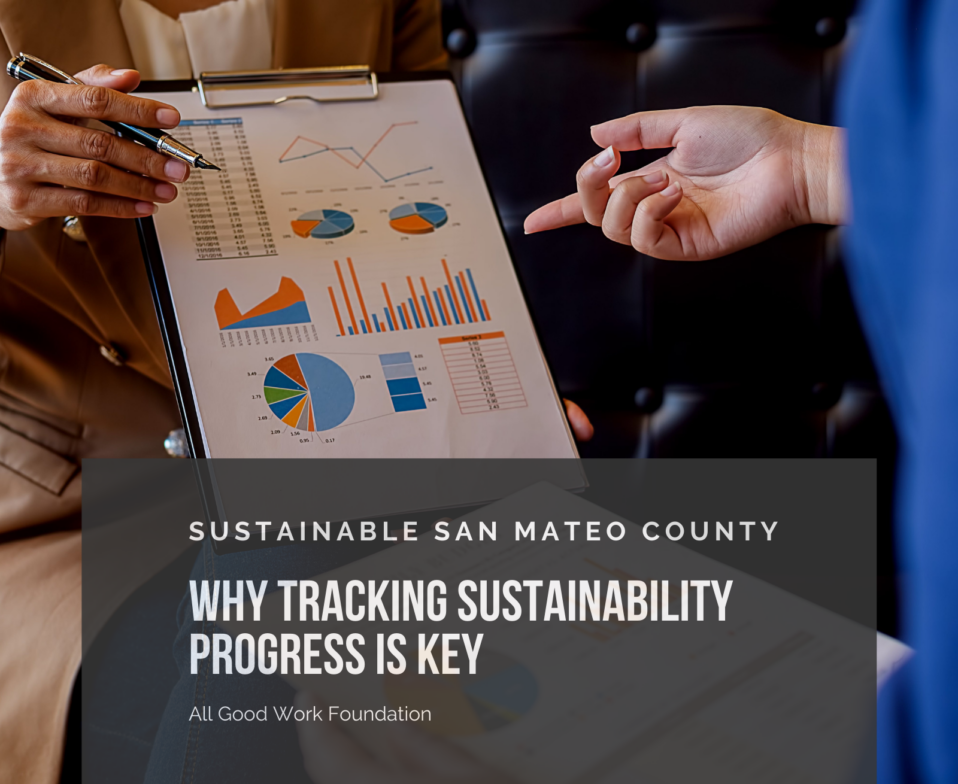With stay-at-home orders lifting, many workers are now able to escape their home office and return to their place of work. However, not everyone feels ready to do so.
For All Good Work Foundation Residents who are thinking about going back to their coworking space, this research from the All Good Work team may help put your mind at ease.
A survey of 30 workspace hosts, covering a total of 42 workspace locations around Silicon Valley and the Bay Area, provides detailed insights into how our partners are responding to the current situation and the measures they have implemented to welcome Residents back, safely.
It’s worth noting that our partners have reacted incredibly quickly to the situation and have made significant investments to provide a workspace environment with health and safety as a top priority.
If you’re interested to know how our workspace partners are operating safely, read the full report here.
Here’s a summary of the key findings.
Extra Cleaning Responsibilities
Every workspace is cleaning and sanitizing throughout the day. 88% have invested in an enhanced janitorial service, while 12% have extra cleaning services through their building landlords. In addition, 95% confirmed that their own teams will be taking on additional monitoring and sanitizing responsibilities throughout the workday.
Every workspace has implemented the following measures:
- Sanitizing stations throughout the workspace
- Providing hand sanitizer, wipes and disinfectant to members
- Keeping a full supply of sanitizing products on hand
- Wiping down and disinfecting high-touch or high traffic areas regularly
- Posting signage that refers to CDC Health Guidelines
In addition, some operators have introduced ‘check in’ procedures such as having members’ temperature taken on arrival using a touchless thermometer, while all staff and members are required to wear a mask in common areas (please bring your own mask).
Better Ventilation and Air Flow
It is recognized that proper ventilation and air flow can play a vital role in reducing the spread of coronavirus.
Half of workspace respondents are addressing ventilation issues directly, while the rest are relying on their landlords to improve air circulation in the building.
Here are some examples of how workspaces are optimizing their ventilation and HVAC systems:
- Air filters meet ASHRAE guidance to minimize transmission through HVAC, and some have been upgraded with higher density filters (MERV-13).
- Hours of operation for HVAC systems are being extended to promote continued air circulation and purging of indoor air.
- HVAC system in the building does not use recycled air, a constant input of fresh air is being pumped through the system.
- Airpura UV614 air purifier units installed throughout common areas with HEPA and UV filtration down to 0.3 microns, and with 6 exchanges of air per hour to enable 99.9%+ efficacy against aerosol viruses.
Reducing Capacity to Maintain Physical Distancing
Every workspace has been reconfigured to ensure that members can remain at least 6 feet apart.
Up to 50% of desks and chairs have been removed or taped off, while shared seating such as long benches, hot desks and lounge seats have been replaced with individual desks that are six feet apart.
Some operators have installed sneeze screens between desks and at reception using plexiglass, while others have created barriers using whiteboards or other non-porous barriers.
Small Meetings are Going Ahead
Currently no large-scale events are allowed to take place. However, a few locations are allowing meetings of up to 10 people.
Those operators who allow small meetings have reconfigured their spaces to support physical distancing by removing or taping off seats, or using smaller separate tables — typically reducing the number of individuals in their conference rooms by 30% to 50%.
- Most operators have an online system for members to reserve meeting space (some are requesting several days’ notice).
- Some are leaving a time gap between meetings to allow for cleaning, with signage indicating whether the space has been cleaned since the previous occupant.
- Most are providing wipes and hand sanitizer either in the conference room or just outside the door for meeting participants to use.
Moving Forward
This research shows how our workspace partners are providing a safety-focused environment, which allows Residents to escape their home office and get back to work in a secure, productive environment.
“We have gained enormous insights into the countless hours of thoughtful research, planning, reconfiguration, and communication that they [operators] have engaged in to prepare their workspaces for a COVID-19 world,” says All Good Work’s Amy Feldman.
“Shared office operators have shown that as an industry they are able to return to business, and are committed to providing their members with workspaces that have integrated the critical social distancing requirements and safety measures necessary to support both the productivity and health of their members as they return to the workplace.”




